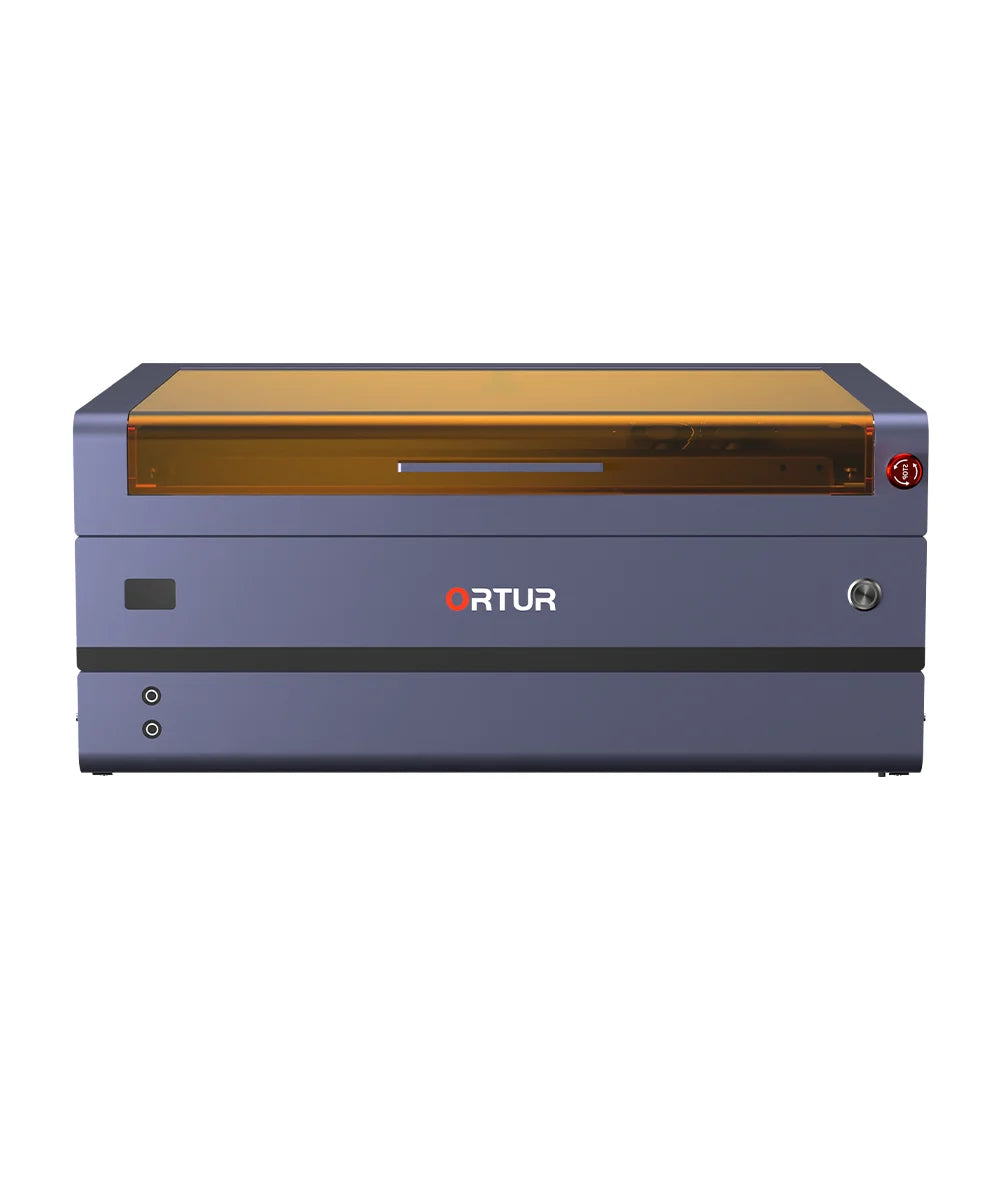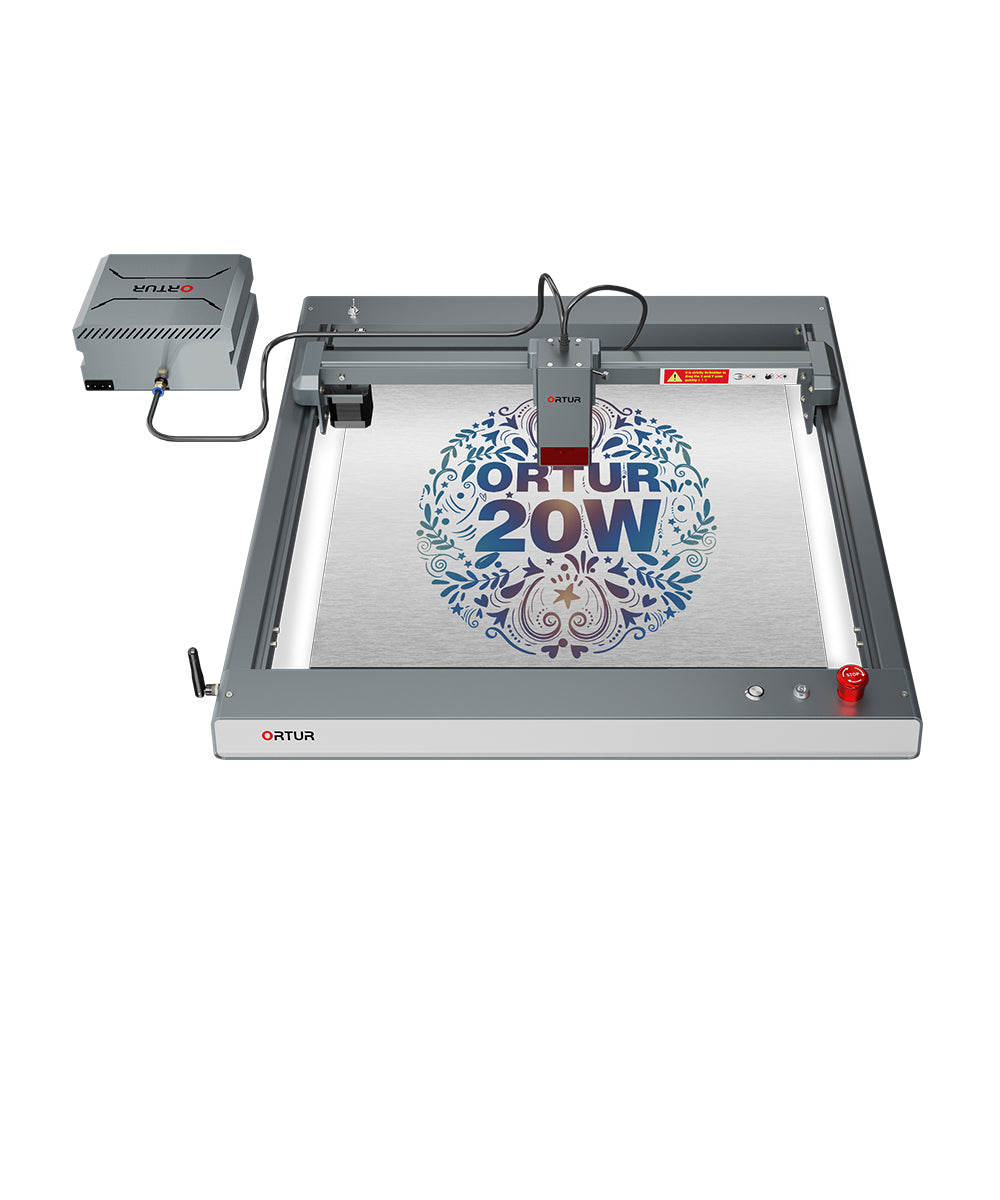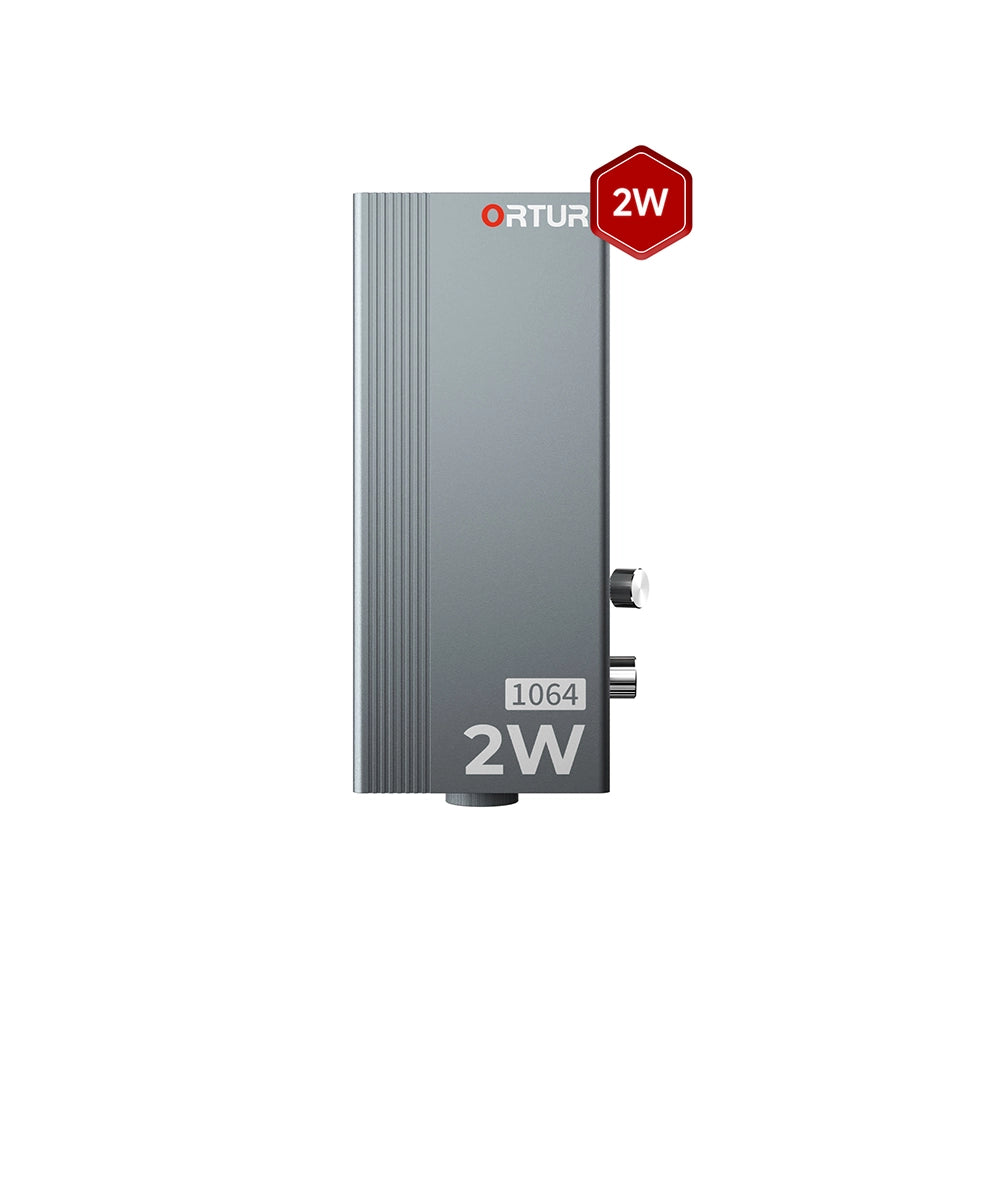A Comprehensive Introduction to How to Etch Glass the Right Way
If you are searching about how to etch glass, then you have come to the right place, as this article explains the basics and practical way to do it.
- Introduction
- The right way to etch glass
- Laser Etching of Glass
- Conclusion
Introduction
Glass etching is a procedure that is used to decorate a certain surface of glass by removing minute parts of the material in etched drawings or patterns. This technique is used to add personal and artistic value to glass products, and its use has exponentially increased in the last couple of years. That is why many netizens are searching for how to etch glass and its basics on the internet.
Most of the wine glasses and vases in your house have etched designs, which raise their aesthetic value. This technique can be made on windows and mirrors for privacy or as decorations that go with the concept in interior designs. Etched glass can also be a great gift for personal use in its different forms.
Any gift item, like a photo frame, wine glasses, or goblet, could become a unique piece with custom designs, monograms, or special messages using this technique. That is why glass etches have found wide uses, and are versatile in adding functional and artistic value, thus serving a great variety of needs for craftsmen, artists, and hobbyists.
The common mistakes that take place in glass etching are due to an imbalance in the application of the etching medium, which leads to inconsistent results. Another common mistake is the poor adhesion of the stencils, which leads to the final design bleeding. Another issue is over-etching, which causes the medium to remain on the glass for a long period, leading to the weakening of the glass.
On the other side, under-etching results in a weak design. The cleaning of glass improperly before etching may lead to flaws; for example, inconsistent pressure in sandblasting will cause inconsistent depth. Poor design planning, poor equipment, and poor storage or handling may spoil the final product. To get the desired results, one needs quality materials and safety measures, as well as a lot of patience. Most of all, one needs to follow the standard and proper method according to the surface and material to get the desired results.
The right way to etch glass
Common techniques include acid etching, which uses hydrofluoric acid to corrode the glass surface and results in a frosted or matte appearance. Another common approach is sandblasting, which applies a stream of abrasive material (such as sand) to erode the surface and offers more control and safety than acid etching. Cream etching is also another fairly common technique that uses cream containing abrasive chemicals in the etching process. Last but not least is laser etching, which enables the creation of more intricate and detailed designs on the glass through laser technology.
Laser Etching of Glass
Etching on glass by laser cutting is a highly delicate work for which you will need a laser cutting machine (recommended is Ortur LM3), the glass you want to be etched on, and a protective coating like laser engraving marking black paper or black acrylic spray paint. And most importantly, you need a design file in formats like .bmp and .dxt. To get the best results from laser engraving, follow the below steps:
(1).Position your laser engraving marking black paper on the surface of the glass where you want it to be etched.
(2).Next, find a clean water container big enough to fit this glass, and submerge the glass with black marking paper while pressing them into each other.
(3).Take both out of the water without letting the water sweep in between the glass and the laser engraving marking black paper. Then slowly remove the adhesive sticker from the other side.
(4).Cut the protruding paper from the edges with scissors and achieve a final, trimmed shape of black marking paper on the glass to be etched.
(5).Next, set the laser cutter by placing the glass object that you plan to etch onto the workable area of the laser cutter. See, it is not going to move during the etching, as it can ruin the whole thing. On your laser cutter, choose the appropriate settings for etching glass.
(6).Once you are sure of the position, and the laser cutter settings, load the final design into the program that will be used for controlling the laser and executing the process. Do remember to never look directly into the beam of the laser, and always wear protective glasses when you use the laser cutter.

Conclusion
Since you’ve learned the most efficient way to etch glass in this article, your next goal might be to find a printer that can do this task as efficiently as possible. For that, you might be interested in the Ortur LM3 laser engraving and cutting machine. .With its rare 0.08*0.08 mm square spot, this ultra-fine compressed spot achieves top-notch precision, bringing 100% detail to your creations in 256 engraved shades of gray. All these pros make the LM3 suitable for your laser printing tasks in 2024 and beyond
If you are searching about how to etch glass, then you have come to the right place, as this article explains the basics and practical way to do it.
- Introduction
- The right way to etch glass
- Laser Etching of Glass
- Conclusion
Introduction
Glass etching is a procedure that is used to decorate a certain surface of glass by removing minute parts of the material in etched drawings or patterns. This technique is used to add personal and artistic value to glass products, and its use has exponentially increased in the last couple of years. That is why many netizens are searching for how to etch glass and its basics on the internet..
Most of the wine glasses and vases in your house have etched designs, which raise their aesthetic value. This technique can be made on windows and mirrors for privacy or as decorations that go with the concept in interior designs. Etched glass can also be a great gift for personal use in its different forms.
Any gift item, like a photo frame, wine glasses, or goblet, could become a unique piece with custom designs, monograms, or special messages using this technique. That is why glass etches have found wide uses, and are versatile in adding functional and artistic value, thus serving a great variety of needs for craftsmen, artists, and hobbyists.
The common mistakes that take place in glass etching are due to an imbalance in the application of the etching medium, which leads to inconsistent results. Another common mistake is the poor adhesion of the stencils, which leads to the final design bleeding. Another issue is over-etching, which causes the medium to remain on the glass for a long period, leading to the weakening of the glass.
On the other side, under-etching results in a weak design. The cleaning of glass improperly before etching may lead to flaws; for example, inconsistent pressure in sandblasting will cause inconsistent depth. Poor design planning, poor equipment, and poor storage or handling may spoil the final product. To get the desired results, one needs quality materials and safety measures, as well as a lot of patience. Most of all, one needs to follow the standard and proper method according to the surface and material to get the desired results.
The right way to etch glass
Common techniques include acid etching, which uses hydrofluoric acid to corrode the glass surface and results in a frosted or matte appearance. Another common approach is sandblasting, which applies a stream of abrasive material (such as sand) to erode the surface and offers more control and safety than acid etching. Cream etching is also another fairly common technique that uses cream containing abrasive chemicals in the etching process. Last but not least is laser etching, which enables the creation of more intricate and detailed designs on the glass through laser technology.
Laser Etching of Glass
Etching on glass by laser cutting is a highly delicate work for which you will need a laser cutting machine (recommended is Ortur LM3), the glass you want to be etched on, and a protective coating like laser engraving marking black paper or black acrylic spray paint. And most importantly, you need a design file in formats like .bmp and .dxt. To get the best results from laser engraving, follow the below steps:
(1)Position your laser engraving marking black paper on the surface of the glass where you want it to be etched.
(2)Next, find a clean water container big enough to fit this glass, and submerge the glass with black marking paper while pressing them into each other.
(3)Take both out of the water without letting the water sweep in between the glass and the laser engraving marking black paper. Then slowly remove the adhesive sticker from the other side.
(4)Cut the protruding paper from the edges with scissors and achieve a final, trimmed shape of black marking paper on the glass to be etched.
(5)Next, set the laser cutter by placing the glass object that you plan to etch onto the workable area of the laser cutter. See, it is not going to move during the etching, as it can ruin the whole thing. On your laser cutter, choose the appropriate settings for etching glass.
(6).Once you are sure of the position, and the laser cutter settings, load the final design into the program that will be used for controlling the laser and executing the process. Do remember to never look directly into the beam of the laser, and always wear protective glasses when you use the laser cutter.

Conclusion
Since you’ve learned the most efficient way to etch glass in this article, your next goal might be to find a printer that can do this task as efficiently as possible. For that, you might be interested in the Ortur LM3 laser engraving and cutting machine. .With its rare 0.08*0.08 mm square spot, this ultra-fine compressed spot achieves top-notch precision, bringing 100% detail to your creations in 256 engraved shades of gray. All these pros make the LM3 suitable for your laser printing tasks in 2024 and beyond
Keep in Touch with Ortur
Keep in Touch with Ortur
Related Articles
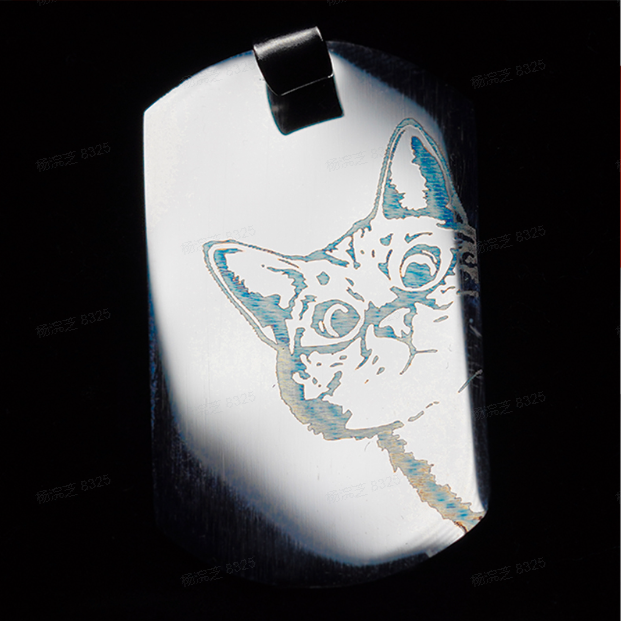
Laser Engraving 101: This is How to Engrave Metal like a Pro
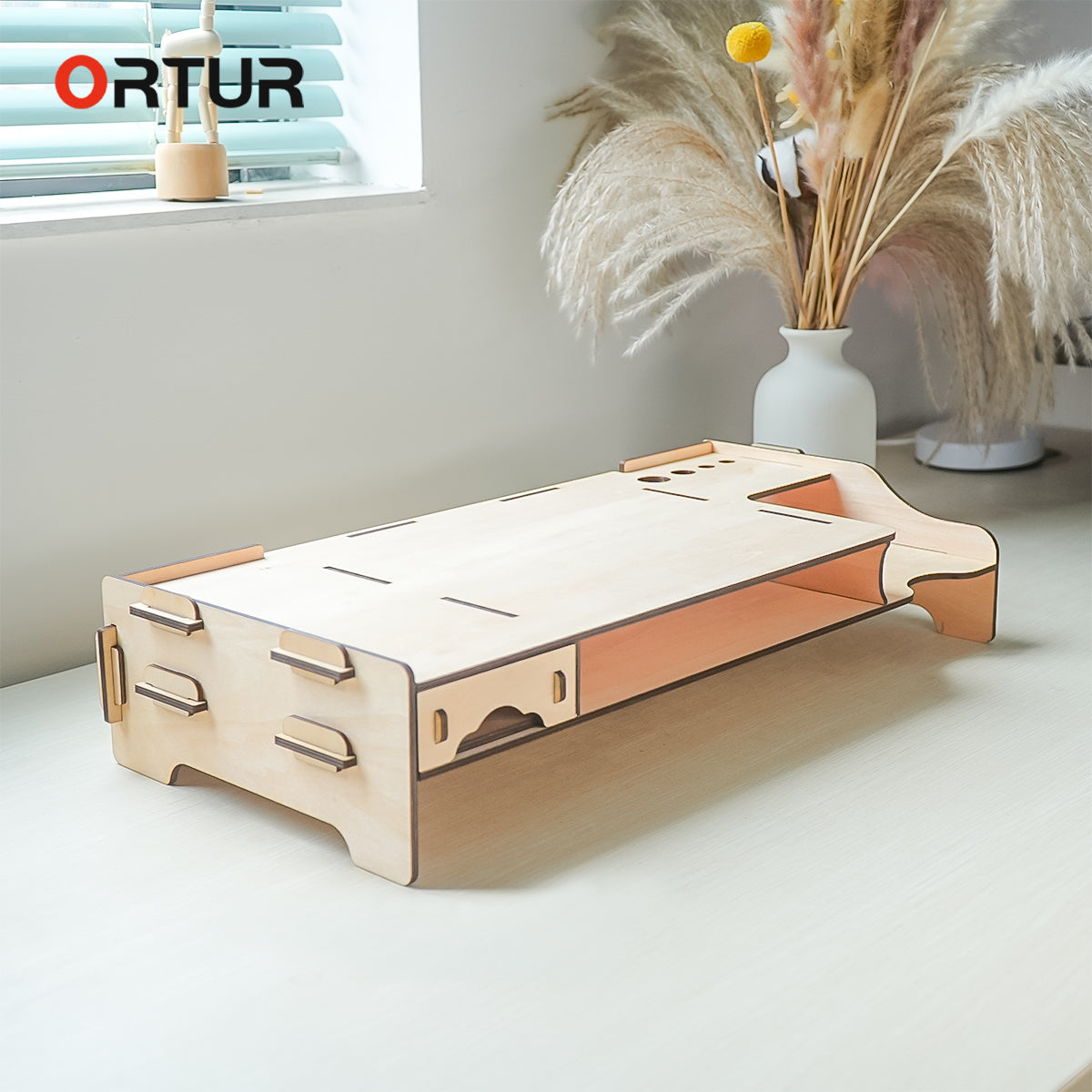
What File Does the Laser Cutter Use
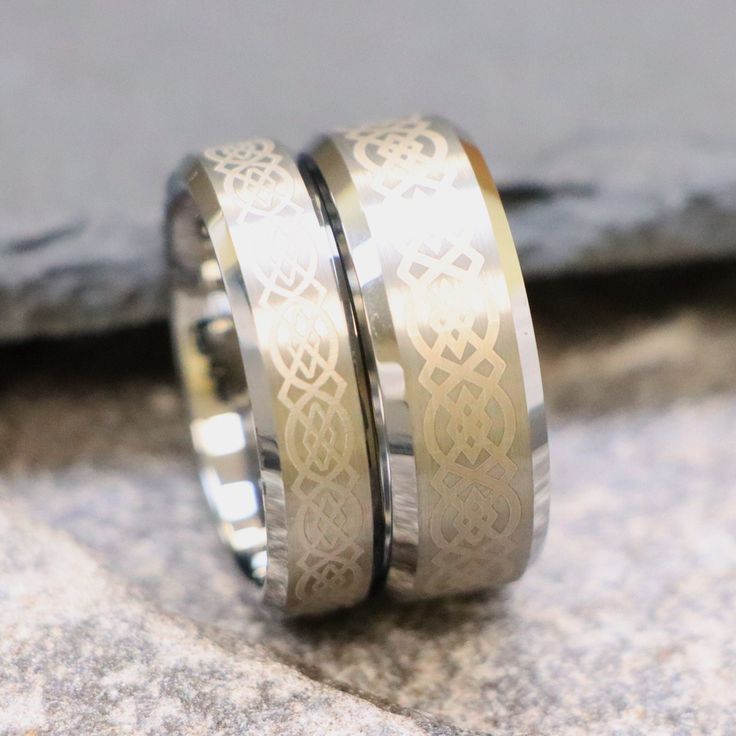
4 Great Wedding Rings Engraving Ideas You Need to Know
Related Articles

Laser Engraving 101: This is How to Engrave Metal like a Pro


